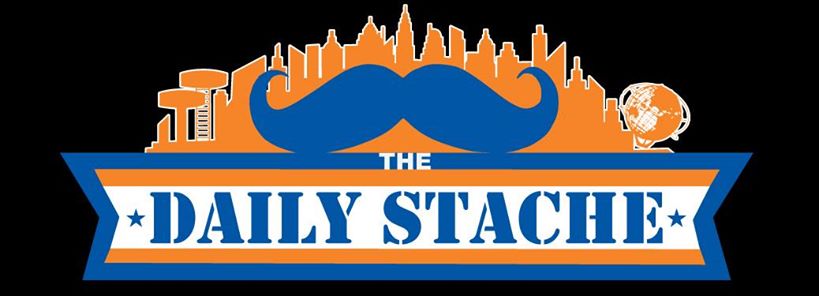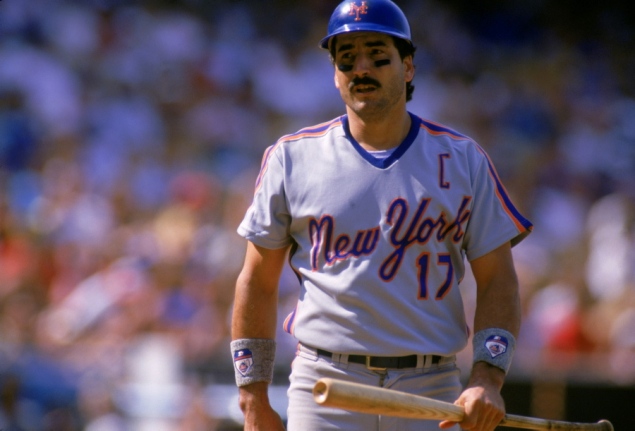All big league clubs have thrived and been burned by virtue of trades. With few exceptions, most deals – like the games themselves – have a winner and a loser. The New York Mets trades have certainly lived on both ends of the ledger, and they hope that the acquisition of Yoenis Cespedes near the July 31 deadline proves to be the spark the club needs to reach the postseason for the first time since 2006.
If so, it would no doubt join this list of impactful Mets trades made during the regular season.
Keith Hernandez for Rick Ownbey and Neil Allen
A regular in or near the cellar over the previous six seasons, the Mets needed a jolt. Budding prospects alone weren’t going to solve the problem.
General manager Frank Cashen then struck gold in June 1983 by acquiring 1979 NL co-MVP Keith Hernandez, who had fallen out of favor in St. Louis with Cardinals manager Whitey Herzog for several reasons – cocaine use foremost among them.
But Hernandez was the ideal leader on a team desperate for one. Keith’s impact came in the form of his amazing glove at first base along with a consistent bat. His talent and guidance helped drive New York into National League’s upper echelon and eventually to a World Series title in 1986. He wasn’t too bad of an actor, either.
Simply put, it was one of the best Mets trades ever.
Juan Samuel for Lenny Dykstra, Tom Edens and Roger McDowell
While the Hernandez deal set the stage for a successful run through the rest of the 1980s, this one marks a low point at the conclusion of the decade.
Although the outfield tandem of Lenny Dykstra and Mookie Wilson could platoon, management felt one was expendable. On June 18, 1989 Dykstra got the boot, along with reliever and fellow 1986 title-winner McDowell as well as minor league pitcher Edens – all shipped to the Philadelphia Phillies in exchange for Juan Samuel.
After acquiring Samuel, fans surely thought, Mets would place the All-Star at his natural position of second base. Not only did he struggle mightily at the plate (batting .228), Samuel was inserted in center field – and had the look of a player foreign to that position.
McDowell remained a solid performer out of the pen, but the most stinging loss was Dykstra. The Mets lost a player who would put up outstanding numbers in Philadelphia over eight seasons (including a near-MVP performance in 1993), and would take the heart and soul of the ’86 club with him.
Victor Zambrano and Bartolome Fortunato for Scott Kazmir and Jose Diaz
Sometimes, it takes a while before we can pass judgment on a trade. This one had disaster written all over it from the very beginning.
Down three games to the Atlanta Braves in the NL East in late July, the desperate Mets – seeking immediate pitching help for a hopeful playoff push – sent top prospect Scott Kazmir (along with jose Diaz) in exchange for, most notably, the right-hander Victor Zambrano. Soon after, New York lost three straight to the Braves and quickly faded away from the race, thus making this highly-criticized decision by the front offense even more questionable.
Zambrano had barely any effect on the Mets – foiled by injuries that kept him off the playing field. He went just 10-14 with an earned run average of 4.42. On May 6, 2006, Zambrano suffered a tear in his pitching elbow – ending his season.
The ripple effect of the deal continues to this day. With each solid outing Kazmir delivers, first to Oakland and now to Houston, it makes New Yorkers cringe at the thought of what they missed – and what they got for it.
Doug Flynn, Pat Zachry, Steve Henderson and Dan Norman for Tom Seaver
June 15, 1977 is ranked high among the darkest days in Mets history. On that night, “The Franchise” was off to Cincinnati, making one of the worst Mets trades ever.
Seaver’s 10 full seasons with New York resulted in three Cy Young Awards, nearly 200 victories and the 1969 World Championship. He was still among the best pitchers in baseball into the ’77 campaign. But tight-fisted team chairman M. Donald Grant was unwilling to relent to No. 41’s demands for a new contract.
It resulted in a move that had a carry-over effect in the coming seasons and helped cement Grant as a villain. The cumulative return value of the four players the Mets received couldn’t come close to measuring up to Seaver’s impact. It couldn’t have been surprising, then, that the Mets sunk to the bottom in attendance and in the standings.
Mike Piazza for Geoff Goetz, Preston Wilson and Ed Yarnall
A mere eight days after being dealt from Los Angeles, the fledgling Florida Marlins quickly turned around and traded the game’s top slugging catcher to Flushing.
The improving Mets had slightly missed out on the Wild Card in 1997. And with the blockbuster deal going down in June of ’98, Queens now had a legitimate contender.
Piazza continued to be a premiere offensive force – hitting over .300 and connecting on at least 30 home runs for four straight seasons and making seven more appearances on the All-Star roster.
Goetz and Yarnall were never heard from again, while Wilson only became famous for his incredible penchant for striking out (including 187 in 2000).

